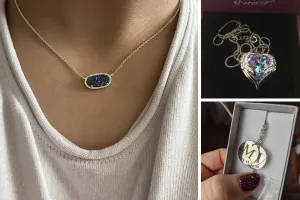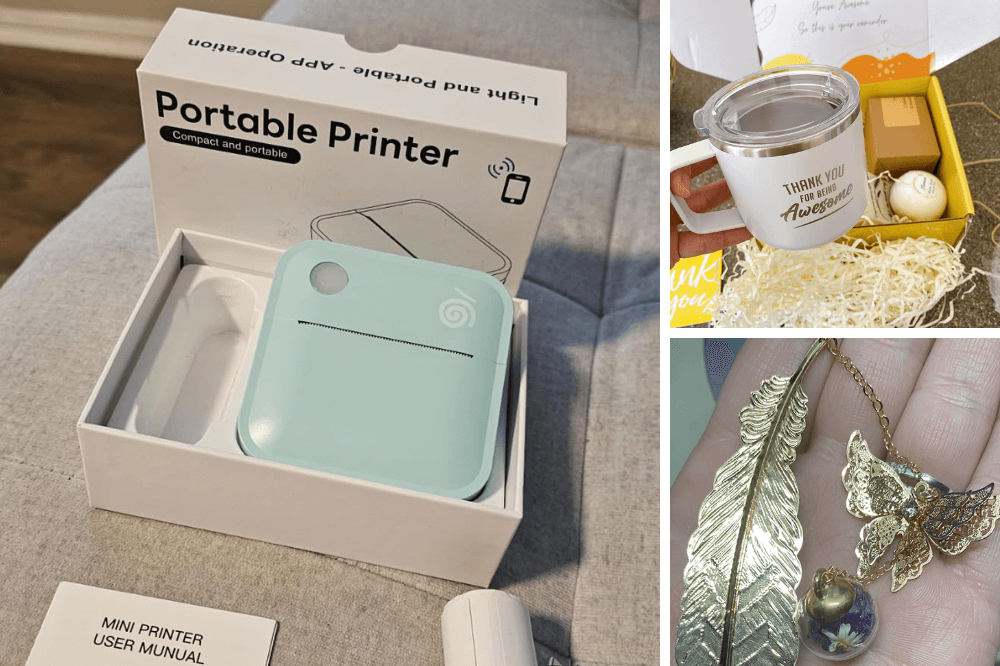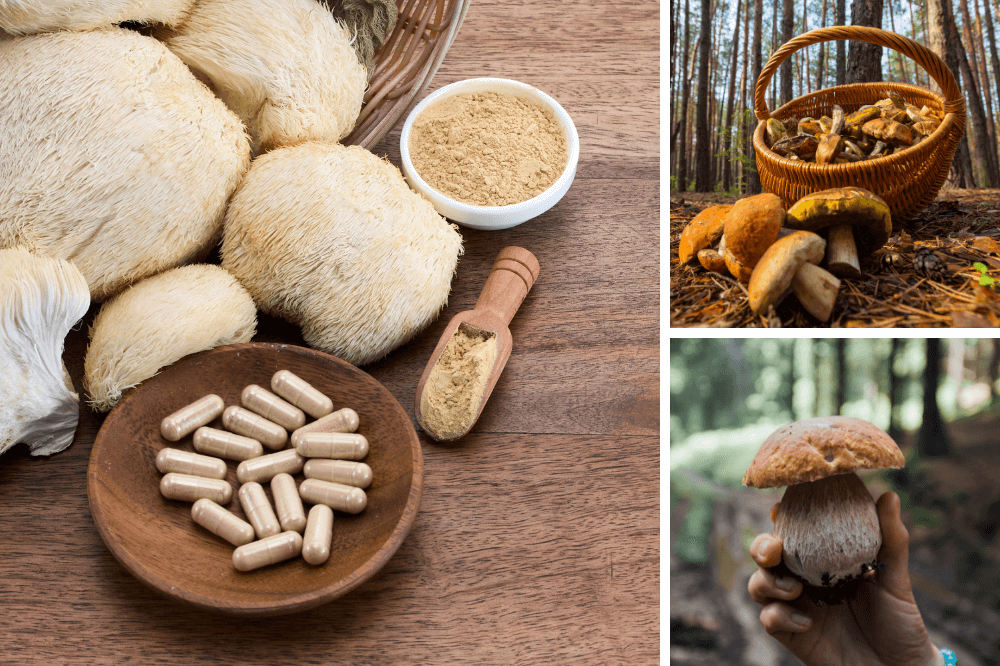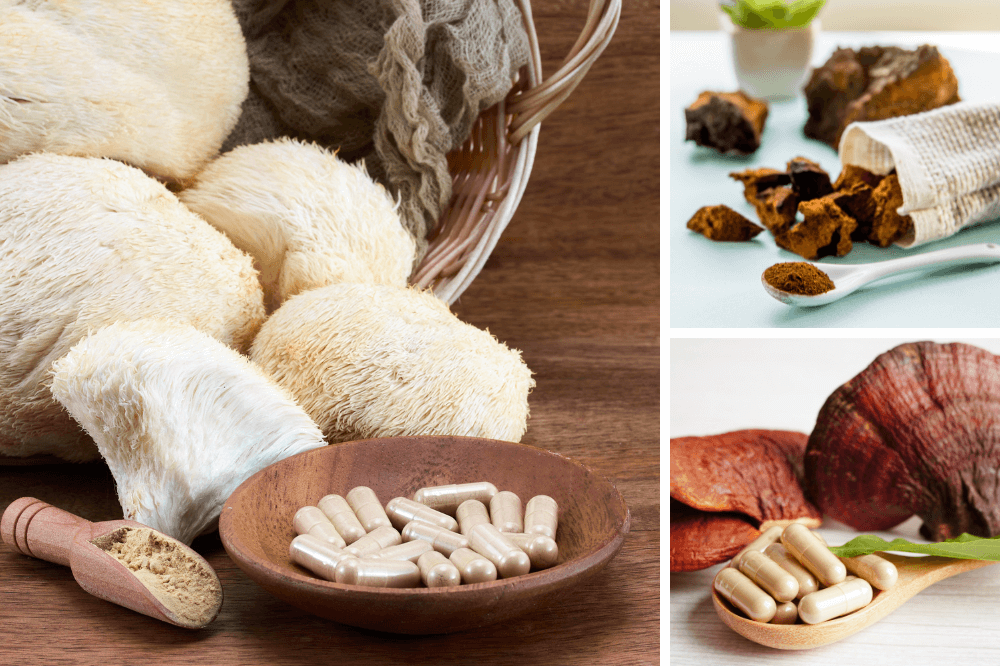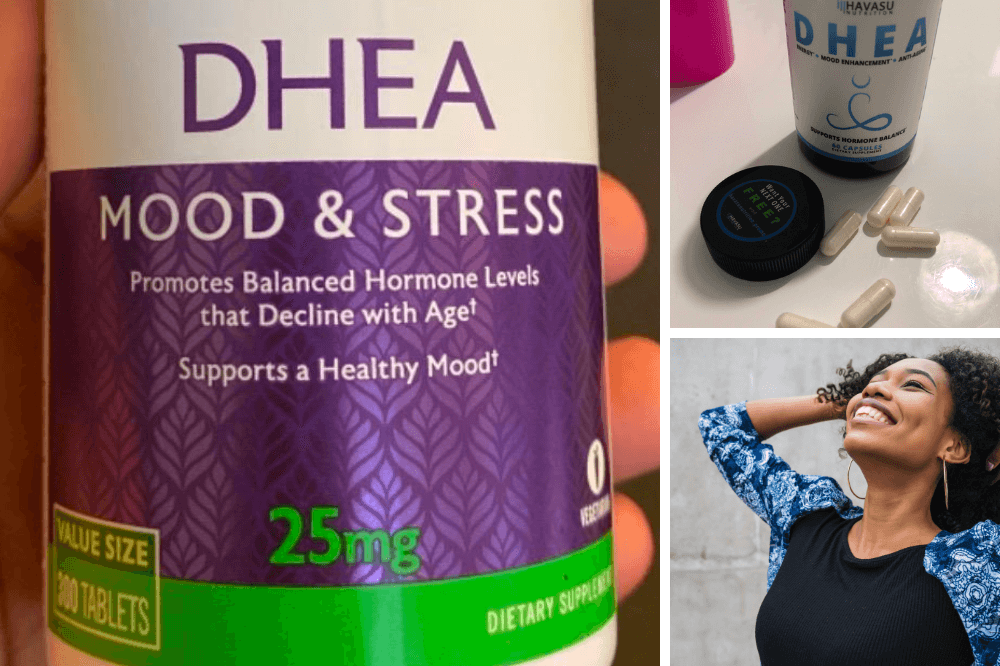Dry shampoo is a game-changer for anyone looking to extend the life of their blowout or simply skip a wash day. This guide will walk you through the ins and outs of using dry shampoo correctly, ensuring you get the best results every time. Following the correct dry shampoo steps is crucial for achieving optimal results, such as volumizing clean hair and absorbing oil at the base of the roots.
Key Takeaways:
- Dry shampoo can effectively absorb excess oil and add volume to your hair.
- Choosing the right dry shampoo for your hair type is crucial for optimal results. Following the correct dry shampoo steps, such as shaking the bottle, sectioning hair, spraying in bursts, massaging into roots, and styling as desired, ensures the best results.
- Proper application techniques can prevent common issues like white residue and product buildup.
Understanding Dry Shampoo
Dry shampoo is a hair care product designed to absorb excess oil and grease from your scalp without the need for water. It comes in various forms, including powders, sprays, and pastes, making it versatile for different hair types and needs. The magic of dry shampoo lies in its ingredients, which often include starches or alcohols that soak up oil and leave your hair looking fresh.
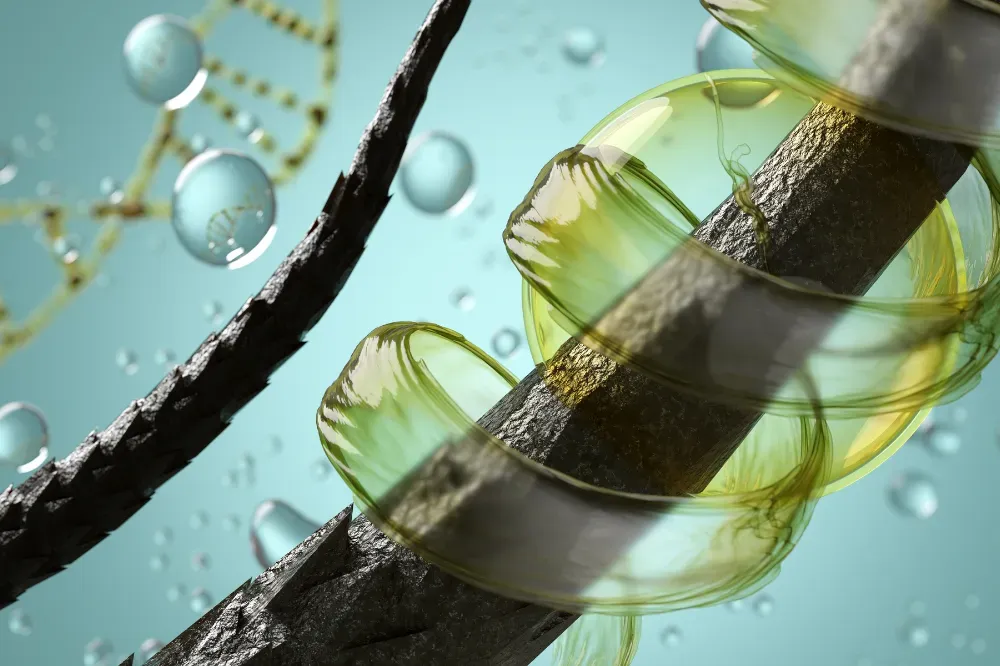
Using dry shampoo can be a quick fix for those busy mornings or when you need a bit of extra time before your next wash. It's especially useful for people with oily hair, as it helps manage grease and adds volume. However, it's essential to use it correctly to avoid issues like white residue or product buildup. Overusing dry shampoo can clog hair follicles and negatively impact scalp health.
Choosing the Right Dry Shampoo for Your Hair Type
Selecting the best dry shampoo for your hair type is crucial. For fine hair, opt for a lightweight formula that won't weigh your hair down. If you have dark hair, look for tinted dry shampoos to avoid the dreaded white residue. Curly hair types should consider dry shampoos with added moisture to prevent dryness.
For those with sensitive scalps, choose a product with gentle ingredients to avoid irritation. Brands like Eva NYC offer a range of dry shampoos suitable for different hair textures and needs. Always read the label and reviews to ensure you're picking the right product for your hair type.
Preparing Your Hair for Dry Shampoo
Before applying dry shampoo, it's essential to section your hair. This ensures even distribution and prevents product buildup. Start by shaking the bottle well to mix the ingredients. Hold the bottle about 6-8 inches away from your scalp and spray in short bursts. Following the correct dry shampoo steps is crucial for even distribution and optimal results.
Focus on the oiliest sections of your hair, usually the roots and crown. Avoid spraying too much product in one area, as this can lead to a chalky appearance. Once you've applied the dry shampoo, let it sit for a couple of minutes to allow it to absorb the excess oil.
Applying Dry Shampoo Correctly
The application method plays a big role in how effectively dry shampoo works. After letting the product sit, use your fingers to massage it into your scalp. This helps distribute the product evenly and ensures it soaks up all the oil. Following the correct dry shampoo steps, such as shaking the bottle, sectioning hair, spraying in bursts, and massaging into roots, is crucial for achieving the best results.
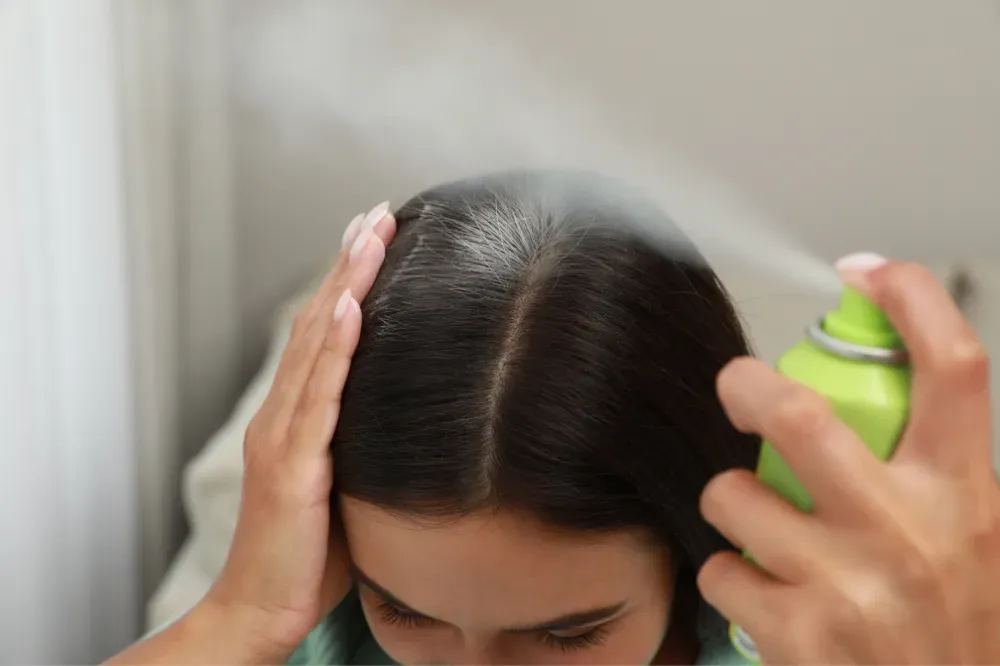
For best results, use a brush to remove any excess product and style your hair as desired. If you notice any white residue, a quick blast with a blow dryer can help remove it. Remember, less product is often more, so start with a small amount and add more if needed.
Common Mistakes to Avoid
One common mistake is using too much dry shampoo. This can lead to product buildup and make your hair look dull. Another mistake is not shaking the bottle before use, which can result in uneven application. Overuse of dry shampoo can also clog hair follicles and lead to scalp issues like folliculitis and dandruff.
Avoid spraying dry shampoo too close to your scalp, as this can cause white residue. Instead, hold the bottle at the recommended distance and spray in short bursts. Lastly, don't rely on dry shampoo as a replacement for regular shampooing. It's a great tool for extending the time between washes but should not replace your regular hair care routine.
Benefits of Using Dry Shampoo
Dry shampoo offers several benefits beyond just absorbing oil. It can add volume and texture to your hair, making it easier to style. This is especially useful for people with fine or limp hair who need a bit of extra lift.
Additionally, dry shampoo can help extend the life of your blowout, saving you time and effort. It's also a great option for those with busy schedules who may not have time for a full wash and dry. By using dry shampoo, you can keep your hair looking fresh and clean without spending hours in the shower.
How Often Should You Use Dry Shampoo?
While dry shampoo is a convenient tool, it's essential not to overuse it. Using it too frequently can lead to product buildup and scalp issues like dandruff or inflammation. Overuse can also clog hair follicles and negatively impact scalp health. As a general rule of thumb, limit your use to 1-2 times per week.
If you find yourself needing to use dry shampoo more often, it may be time to reassess your hair care routine. Consider incorporating a clarifying shampoo to remove any buildup and keep your scalp healthy. Remember, balance is key to maintaining the health of your scalp and hair.
DIY Dry Shampoo Recipes
If you're a fan of natural hair care products, you can make your own dry shampoo at home. Common ingredients include cornstarch, baking soda, and essential oils. For dark hair, add a bit of cocoa powder to avoid white residue.
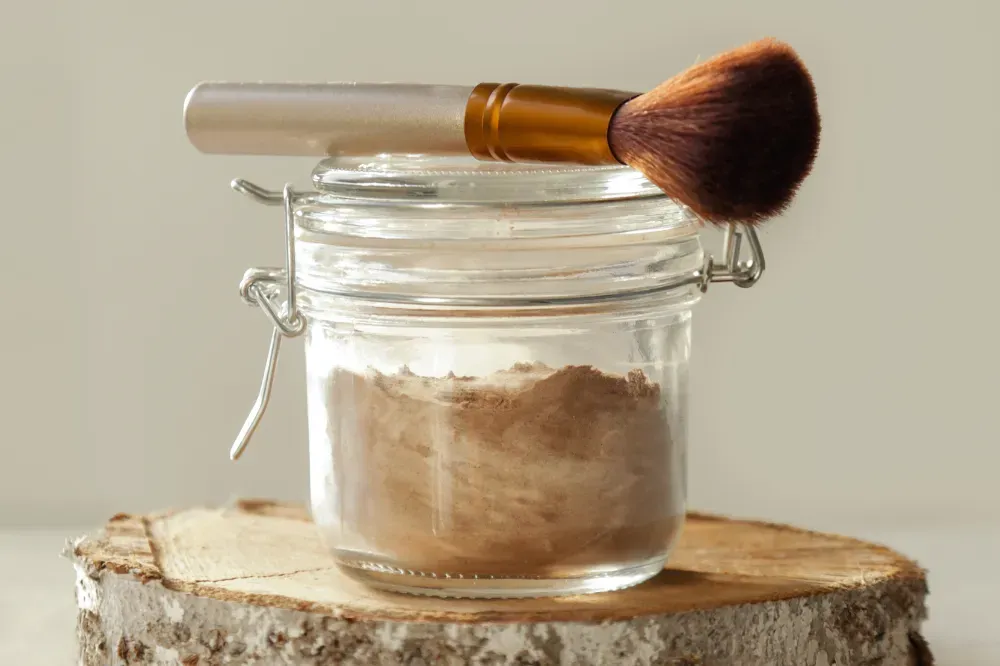
Mix the ingredients in a small container and apply using a makeup brush for even distribution. DIY dry shampoos are a great way to control the ingredients and customize the formula to suit your hair type. Plus, they're often more cost-effective than store-bought options.
The Science Behind Dry Shampoo
Ever wondered how dry shampoo actually works? The magic lies in its oil-absorbing ingredients, such as starches and clays. These components soak up the excess oil from your scalp, giving your hair a refreshed look without the need for water. The best way to apply dry shampoo is to section your hair and spray it from a distance of about 6 inches. This ensures that the product is evenly distributed and can effectively absorb oil.
Another fascinating aspect is how dry shampoo can add volume to your hair. By removing the oil that weighs your hair down, it gives your roots a lift, making your hair appear fuller. This is particularly beneficial for those with fine or limp hair. However, it's important to note that while dry shampoo is a fantastic tool for extending the life of your hairstyle, it shouldn't replace regular washing. The dry shampoo step should be part of a balanced hair care routine to keep your scalp and hair healthy.
Summary
Dry shampoo is a versatile and convenient hair care product that can help manage oily hair, add volume, and extend the time between washes. By choosing the right product for your hair type and applying it correctly, you can enjoy all the benefits without the common pitfalls. Remember to use it sparingly and incorporate it into a balanced hair care routine for the best results.
FAQ
How do I avoid white residue when using dry shampoo?
To avoid white residue, choose a dry shampoo that matches your hair color or is specifically designed for dark hair. Shake the bottle well before use and hold it 6-8 inches away from your scalp. Apply in short bursts and massage the product into your scalp with your fingers. A quick blast with a blow dryer can also help remove any remaining residue.
Can dry shampoo cause hair loss?
Dry shampoo does not cause hair loss, but overuse can lead to scalp issues like product buildup and inflammation, which may contribute to hair loss. To maintain a healthy scalp, it's essential to use dry shampoo sparingly and incorporate regular shampooing into your hair care routine.
Is dry shampoo suitable for all hair types?
Yes, dry shampoo can be used on all hair types and hair texture, but it's essential to choose the right formula for your specific needs. For fine hair, opt for a lightweight formula. Curly hair types should look for moisturizing options, and those with dark hair should choose tinted dry shampoos to avoid white residue. Always read the label and reviews to ensure you're picking the right product for your hair type.





